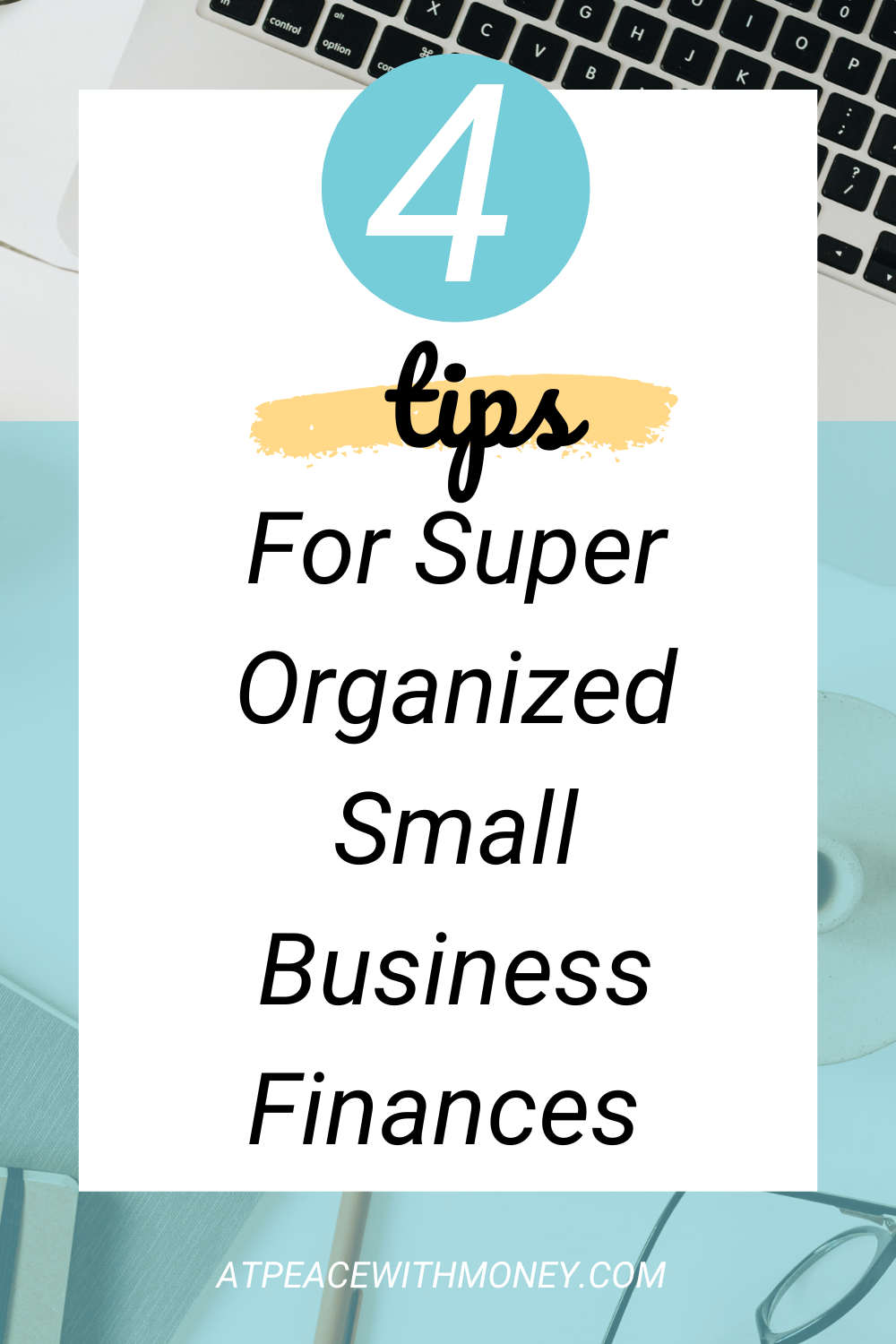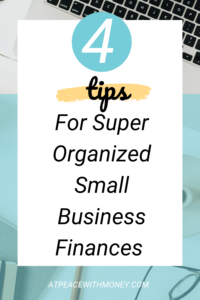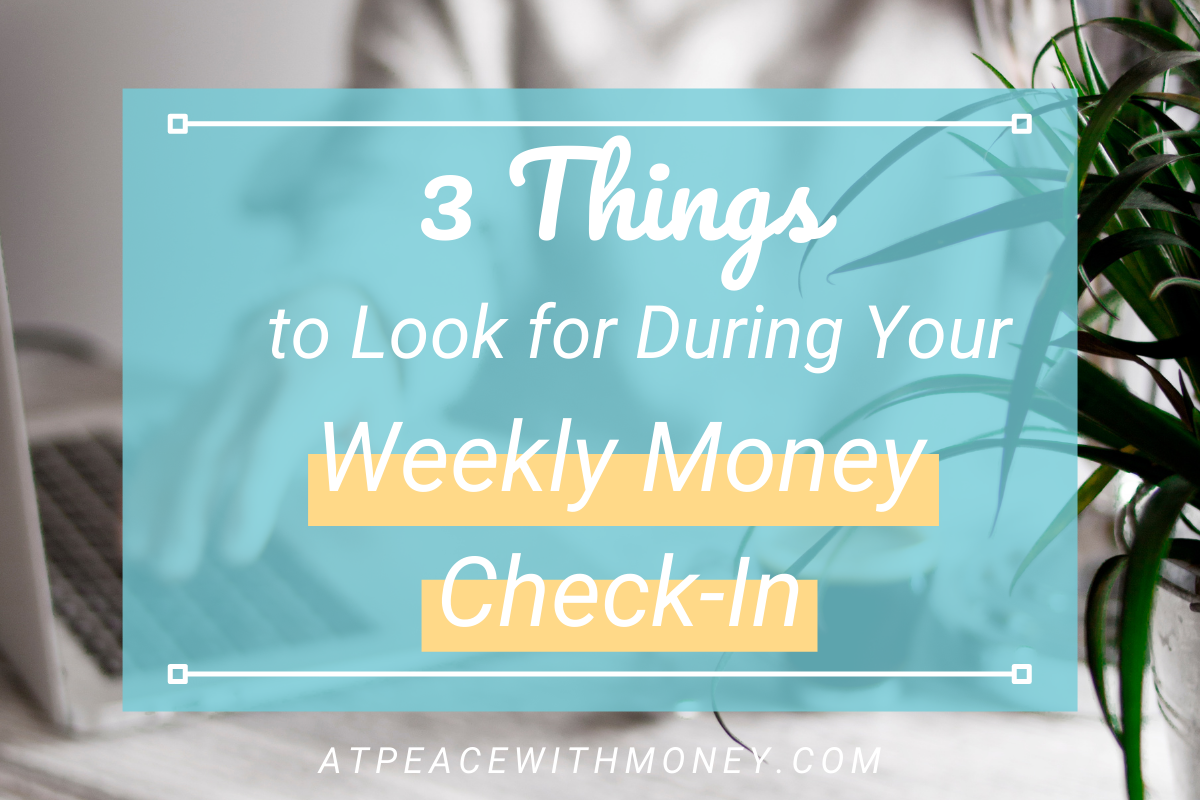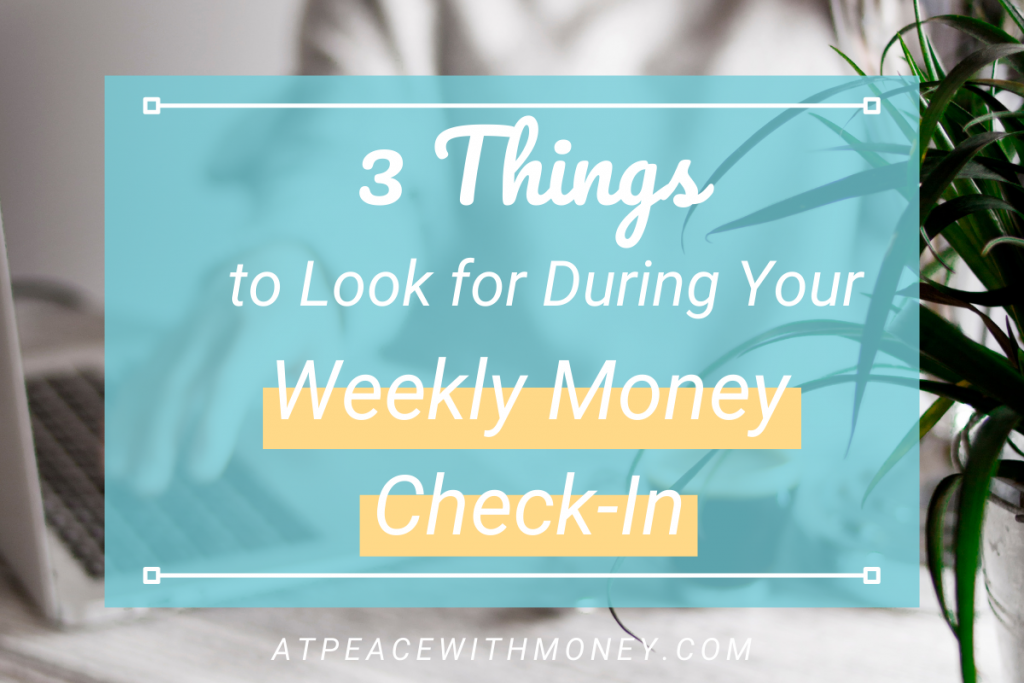Why Organizing Your Banking Passwords is Key to Financial Success

Quick win alert: Organizing your passwords for your banking websites and other financial institutions can take you less than an hour, but revolutionize the way you interact with your finances.
Why is Organizing Your Passwords Important?
Because when we don’t know a password to check our bank balance, that can often create enough resistance for us to just not look at our money. As I’ve written about before, many of us live in a state of perpetual vagueness around our finances. The more challenging it is to break out of that fog, the more likely we are to stay there.
Conversely, when you know what your passwords are, it’s way easier to maintain a financial self care routine like a weekly money check-in.
How to Get Organized
First, take stock of all the different websites and digital portals that hold your financial information. Remember to consider both personal and business finances.
This list will obviously include any banks you use, but this also includes sites whose services you use to collect or send money (PayPal, Venmo, Stripe, etc.). Also remember to include any other sites where you manage your money, like investing services or tax filing platforms.
Once you’ve got a list, go and get those passwords! Centralize them in one place. You can do this using the old-fashioned paper and pen, or use a password-management app. There are quite a few out there, here’s a list.
Once you’re all done, you’ll see why this little tip is well-worth the time! If you enjoyed this article, you’ll probably like my e-Book, 9 Secrets to Financial Self Care. Get your free copy by clicking here.



















